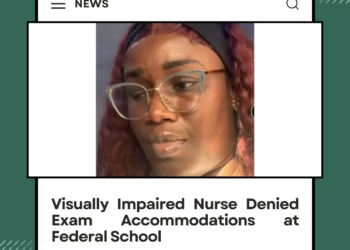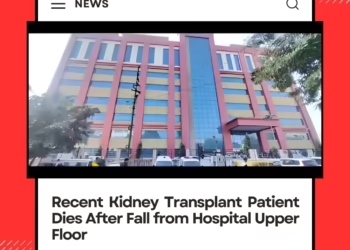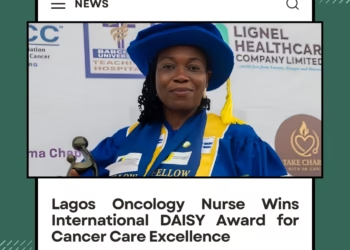
Distractions abound on every nursing shift. Nurses are constantly pushed and pulled in every direction with numerous interruptions. Call lights, doctors’ questions, new orders, phone calls, colleagues needing help, patient family members… the list is endless. And every once in awhile, we get a moment — maybe a magical moment? — to connect with our patients. Really connect. But do we have the energy? Or even remember how?
Given the swirl of activity in direct patient care, it is easy to miss the moments when a patient wants or needs a deeper connection to their caregiver. Signs, unless overt, are often overlooked when we’ve got our minds on everything going on both inside and outside the patient’s room. If nurses can slow their minds down in the moment when they approach a patient for the first time, and remember connection first, questions second, we have a greater chance of making that deeper connection to a patient. This practice not only builds trust between the patient and nurse, it also works to reduce on-the-job stress for nurses who think they have little time for patients because of all the required behind-the-scenes work.
One Deep Breath
One nurse I know closes her eyes for a brief second and takes a deep breath before entering a patient’s room for the first time. Working on a critical care unit, she says it helps prepare her for the care this patient population demands. The one deep breath practice is a great tool to center yourself before any situation that requires you to be fully focused and allows you that moment to connect with yourself before trying to connect with another person.
Eye Contact
This seems a rather simplistic tip to creating a connection, but people — not just patients — feel honored when you look them in the eyes when you first meet. Nurses should introduce themselves when meeting a patient for the first time and look the patient in the eyes when doing so. How many of us walk into a room, glance at the patient, say our names and then begin writing on the dry erase board with our backs to the patient as we launch into our litany of questions? How many can raise our hands to that one? No judgment here. My hand is in the air as well.Would you want any meeting with anyone caring for you to start this way? Think of going to a new doctor or even sitting in a bank manager’s office for the first time. Would you feel confident that the person was going to have your best interests at heart, if this was your first impression of them? Your discomfort might be abated in the next few minutes, but already the seed of doubt is planted. It will be easier to find fault with the care, and you will repeat your first impression to others should anything go wrong. It doesn’t take 30 seconds to walk over to a patient’s bedside, look them in the eyes, and introduce yourself before starting that writing.
Empathy
Laying a trusting foundation makes segueing into the last step of connection building so much easier. We can demonstrate empathy through our common experiences, knowledge, humor, and even shared interests. Empathy not only strengthens the bond between patient and caregiver, it also improves outcomes for the patient. Some may lament it’s all about the Press Ganey scores. Well, yes, that’s part of it, but focusing on the patient and building that connection makes caregiving a better experience for both patient and nurse.
One nurse I knew said she preferred working nights even though it wrecked havoc on her melatonin levels because she had more time to make a connection to her patients. She said she heard more “stories” on the night shift than she ever had time for on dayshift and that building that connection, she felt, kept patients off their call lights and built assurances that she’d be back to check on them. This is not to say that it is not possible to build a connection on any other shift, it is simply what worked for her.
So, how do you build connections with your patients? Is there anything you experienced that works well?
Copyright © 2018 | Fellow Nurses Africa | All Rights Reserved









